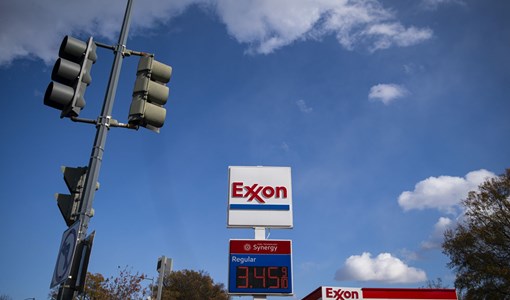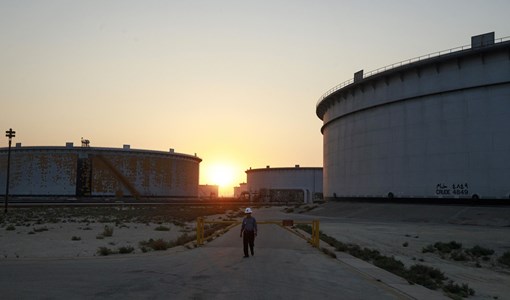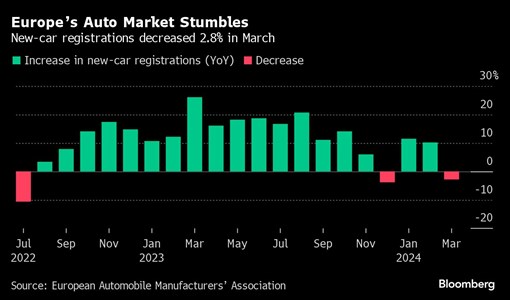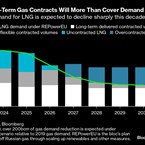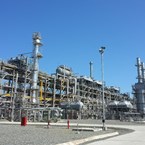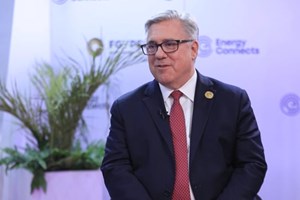Mexico holds back historic OPEC+ production-cut deal
Mexico has taken a tough stance against agreeing to the amount of oil production cut it's required to deliver, holding back an unprecedented OPEC+ deal to address pandemic-driven dilapidated demand.
Negotiations are dragging on for a fourth day, as U.S. urge Saudi Arabia to close the agreement that would see more than 10 million barrels per day (bpd) taken off the market in coming months and effectively end a price war between the Kingdom and Russia.
U.S. Senators said on Saturday they held talks with three Saudi officials to salvage the deal to cut crude output, according to Reuters.
An historical deal was almost finalised after Thursday’s meeting of the OPEC+ group with members requiring to cut 23 per cent of output, but hours of negotiations fell apart after the Mexican energy minister walked out, refusing to participate with a 400,000 bpd cut.
Saudi Arabia has held its ground, saying the pact hinges on Mexico’s full participation, but the country has only promised to contribute with a cut of 100,000 bpd.
The deal is at an impasse despite although Mexico’s President has said that following talks with U.S. President Donald Trump, U.S. will contribute to 250,000 bpd cuts on its behalf.
Oil prices fell to an 18-year low in May as the coronavirus outbreak shut down economies around the world, drying up demand, while Russia and Saudi Arabia boosted output to regain lost market share from U.S. shale producers.
With Brent hovering just above $30 per barrel, all three top global oil producers stand to gain from the agreement as Russia nears crude storage capacity, Saudi Arabia struggles with finances with its fiscal budget set at an oil price of nearly $80 per barrel and many smaller U.S. shale producers begin to shut production and face bankruptcy in an unprofitable environment.
Dependent on Mexico’s agreement, OPEC in a statement said the group along with Russia-led non-OPEC participants (together called OPEC+) will cut production by 10 million bpd from May to June and lesser cuts of 8 million bpd from July to December and 6 million bpd for the subsequent 16 months ending April 2022.
Under the OPEC+ plan, the 23 member nations will reduce output by 23 per cent each, from a baseline of October 2018, with the exception of Russia and Saudi Arabia. The top two energy producing countries will equally cut production from 11 million bpd to 8.5 million barrels a day.
Meanwhile, a meeting of G-20 energy ministers on Friday led by Saudi Arabia acknowledged the need for stabalising the energy market as the pandemic takes a toll on economic activity.
“The significant economic contraction and uncertain outlook due to the pandemic have exacerbated energy supply and demand imbalances, increasing energy market instability… To address these challenges, we commit to take all the necessary and immediate measures to ensure energy market stability,” Saudi Arabia said in a statement on SPA.
Russian energy minister Alexander Novak said this timeframe may be reconsidered if the situation calls for it and the OPEC+ countries discussed three options for the new agreement. "For one year, for three or for four years. We agreed that the timeframe is two years. This is the timeframe that is the most effective for the market, in order to send a signal that the countries are serious about taking measures to restore the situation on the market, to restore the balance of demand and supply," Novak said, according to Russian news agency TASS.
Although no official oil cuts have been announced from some other countries participating in the G-20 meeting, Novak said their cuts could amount to as much as 5 million bpd.
“Canada said that they will cut oil output by around 1 million barrels per day. The United States, Norway, Argentina and others said they would cut output as well," he said.
Outlook
In a demand outlook, Wood Mackenzie expects world oil demand will fall over 8 million bpd year-on-year for Q2 2020, assuming the containment shut-ins are in place most severely during April, then ease slowly in the following several months. April will see the sharpest drop, with a year-on-year decline of over 15 million bpd as coronavirus containment measures are at their steepest, it said.
“Even if poorly implemented, the agreement is substantial, and will make a difference to the market. Partial compliance won’t stop this production agreement from having a big – and swift - impact on supply and demand fundamentals,” said Ann-Louise Hittle, vice president, macro oils, at Wood Mackenzie.
“We expect the second half of 2020 to show an implied stock draw, in contrast to the record-breaking oversupply of the first half of 2020. That will support and lift prices significantly. The market will recognise this once the storage builds slow this quarter and start drawing down in the second half.”
Meanwhile, Louise Dickson, Oil Markets Analyst at Rystad Energy said the proposed OPEC++ cuts alone cannot reverse the deep contango (backwardation) curve of Brent prices in a meaningful or lasting way as storage is needed to remain economical to handle the current and still coming oversupply.
“So we aren’t sold that the current oil market optimism - with Brent in the low $30s - is warranted, and still believe that we need to see a bigger contango to pay for all the storage that will soon be needed. Also, and do not be so sure about the actual production cut size. We find it very unlikely that the full 10 million bpd cut will be implemented as May 1 is just three weeks away and cuts of that size take time to realize. The oil machine is not as flexible as just simply turning off the tap or pressing a button,” Dickson said.
KEEPING THE ENERGY INDUSTRY CONNECTED
Subscribe to our newsletter and get the best of Energy Connects directly to your inbox each week.
By subscribing, you agree to the processing of your personal data by dmg events as described in the Privacy Policy.
More oil news

Oil Erases Gain as Traders Weigh Israeli Response to Iran Attack
Apr 16, 2024
Kent confirms enhanced project alliances with ExxonMobil and Repsol Norge
Apr 16, 2024
Mexico’s Sheinbaum Plans to Spend Billions on Gas, Solar Plants
Apr 15, 2024
What’s Next for Crude Oil? Analysts Weigh In After Iran’s Attack
Apr 15, 2024
Oil Traders Weigh Risks of Iran-Israel Conflict in Tight Market
Apr 14, 2024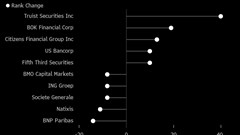
US Regional Banks Dramatically Step Up Loans to Oil and Gas
Apr 14, 2024
Oil Rises to October High as Israel Prepares for Iranian Attack
Apr 12, 2024
Gold Hits New Record, Oil Rises on Mideast Tension: Markets Wrap
Apr 12, 2024
Oil Swings Near $90 With Risk of Iran Strike on Israel in Focus
Apr 11, 2024
Oil Holds Two-Day Loss as Report Points to Rising US Inventories
Apr 10, 2024
Energy Workforce helps bridge the gender gap in the industry
Mar 08, 2024
EGYPES Climatech champion on a mission to combat climate change
Mar 04, 2024
Fertiglobe’s sustainability journey
Feb 29, 2024
Neway sees strong growth in Africa
Feb 27, 2024
P&O Maritime Logistics pushing for greater decarbonisation
Feb 27, 2024
India’s energy sector presents lucrative opportunities for global companies
Jan 31, 2024
Oil India charts the course to ambitious energy growth
Jan 25, 2024
Maritime sector is stepping up to the challenges of decarbonisation
Jan 08, 2024
COP28: turning transition challenges into clean energy opportunities
Dec 08, 2023
Why 2030 is a pivotal year in the race to net zero
Oct 26, 2023Partner content

Ebara Elliott Energy offers a range of products for a sustainable energy economy

Essar outlines how its CBM contribution is bolstering for India’s energy landscape

Positioning petrochemicals market in the emerging circular economy

Navigating markets and creating significant regional opportunities with Spectrum




